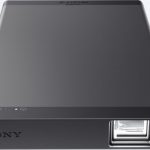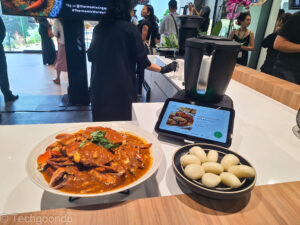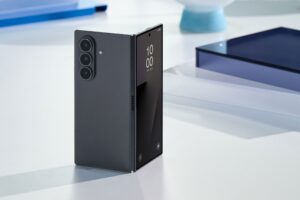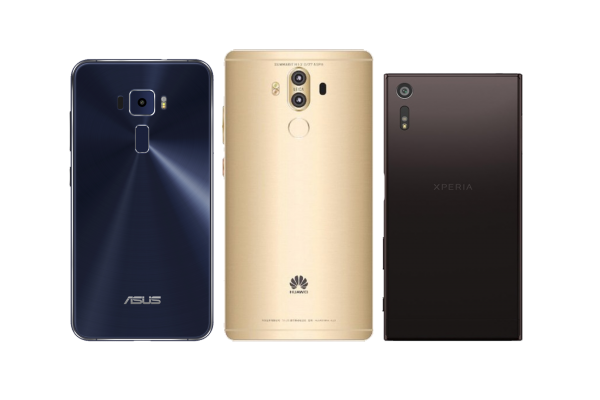
With a slew of smartphones coming out in time for the holidays, users are being spoilt for choice. For manufacturers, the challenge is to find a new X factor to add to a common slate-shaped device.
Other than looks, one thing they are banking on is the camera. Everyone likes to share pictures of food, babies and pets. Admit it or not, people want better images to show off their life events.
After our shootout earlier this year of the LG G5, Samsung Galaxy S7 edge and Huawei P9, we have three more contenders this time round.
On the table are the Asus Zenfone 3, Sony Xperia XZ and Huawei Mate 9 to duke it out to be the latest Android smartphone of choice for image quality.
Of the three phones, the Zenfone 3’s 16-megapixel sensor seems a bit lightweight compared with the 20-megapixel sensor on the Mate 9 and 23-megapixel sensor on the Xperia XZ.
However, as most of us won’t print anything beyond 4R-sized photos with these images, all three phones are definitely good enough for most printing needs.
What’s more important is how the images are produced out of the box. Here, Huawei’s dual-sensor camera system seems to have a distinct advantage over the competition, at least on paper.
For a much fairer comparison of the photos here, do try to set your screen brightness to about 75 per cent for a more accurate view of the image quality.
Outdoor shoot with digital zoom
The current batch of smartphones, even the budget ones from Xiaomi, can do really well in daylight shots. What’s left is how the camera performs in terms of colour – something that can be quite subjective.
Another differentiating factor in this test would be the digital zoom. The Mate 9 utilises a unique algorithm with both its sensors to create a 12-megapixel image that represents a x2 zoom.
It promises not to lose sharpness and clarity, thanks to data extracted from the 20-megapixel monochrome sensor. Would that make a huge difference?
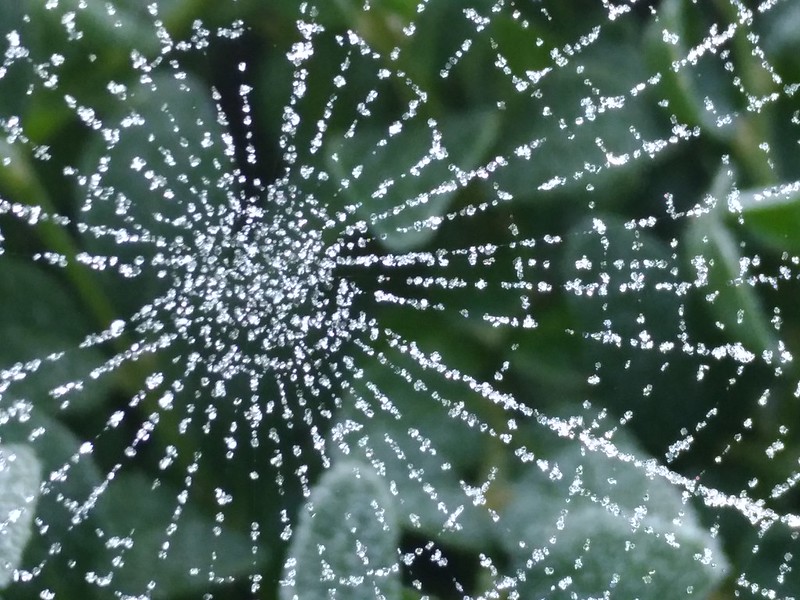


The selfie
When it comes to selfies or wefies, the main consideration is the skin tone of the person you are shooting and this is mostly handled by the front facing camera.
Asus’ previous Zenfone Selfie smartphone was one of a handful of smartphones that had a flash in the front. It was very useful in light-starved environments.
Since then, Asus seem to have ditched the flash and followed the rest of the competition. Given the limitations for all these phones, I’d recommend using the front-facing camera in good light or at least find a good indoor lighting source before shooting.



The indoor/night shoot
When in good daylight, all the cameras from the three manufacturers did well. More challenging are indoor shots, especially when the interiors are being illuminated by light sources such as LEDs and Halogen downlights.
Even when attempting to do a night landscape, different light sources may also create problems such as loss in details in the relatively well-lit areas.
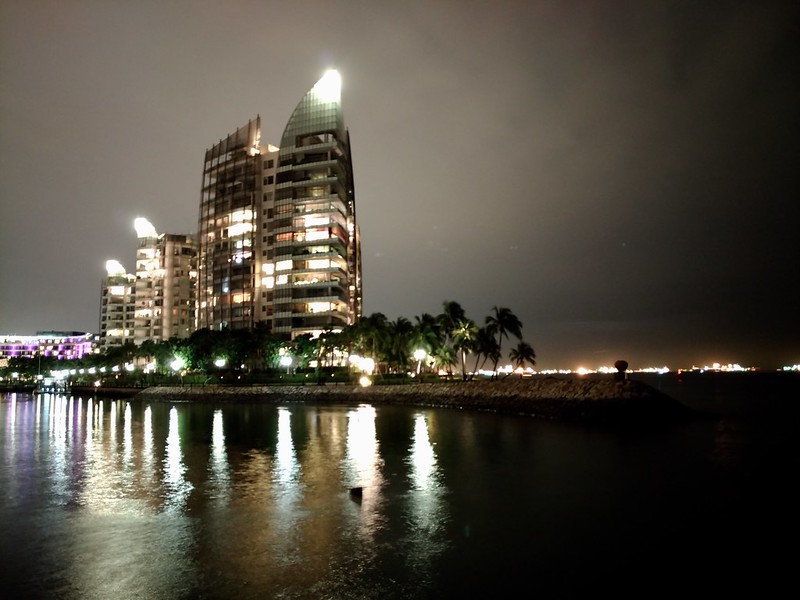
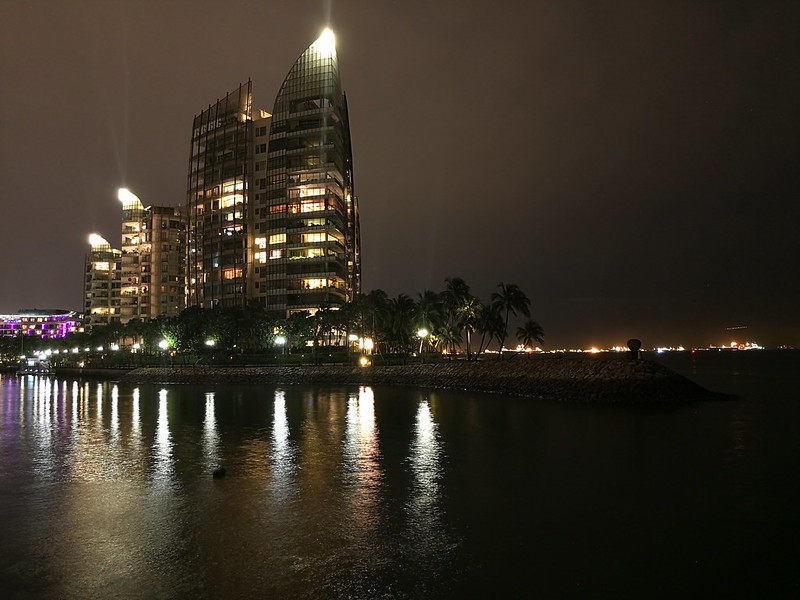
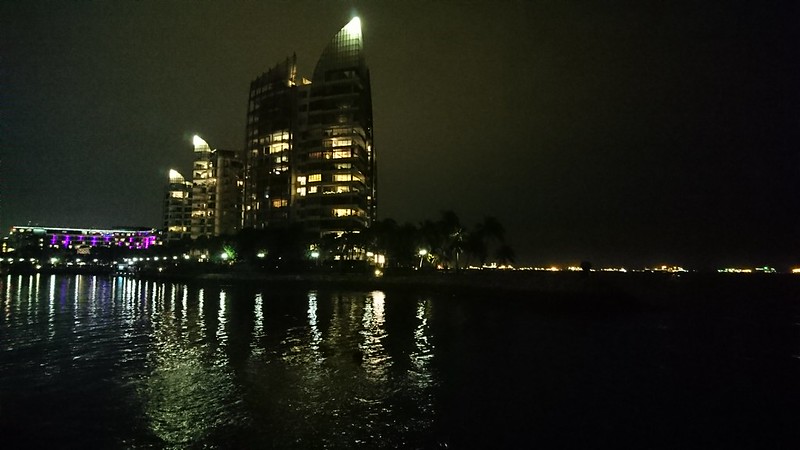
I took the three phones indoors as well. Here, unfortunately, the Sony Xperia XZ seems to fare the worst. Its auto white balance missed the mark, giving the worst interior shot when pushed to the limit.
The following shots show a huge shift of white balance by the Sony phone, while the other two maintained the same colour. The Sony XZ did shoot quite well in the same exhibition elsewhere but this inconsistency is an issue.
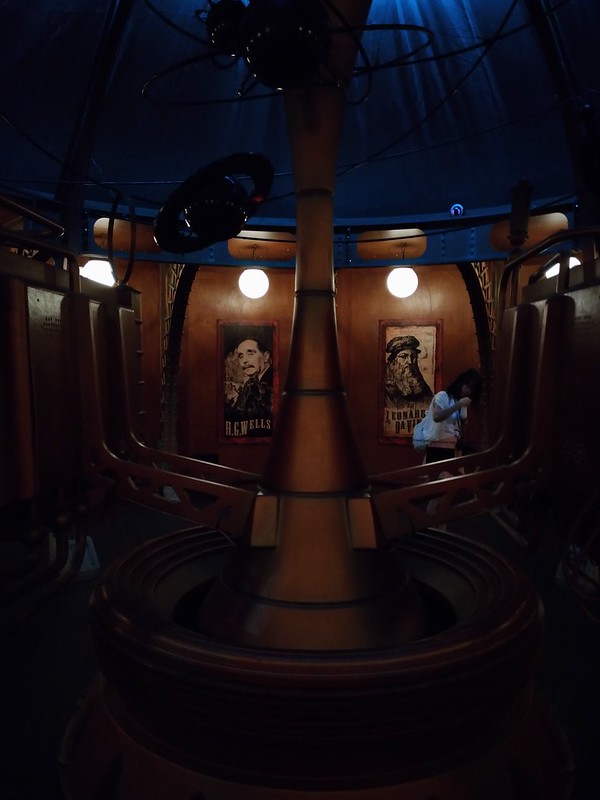
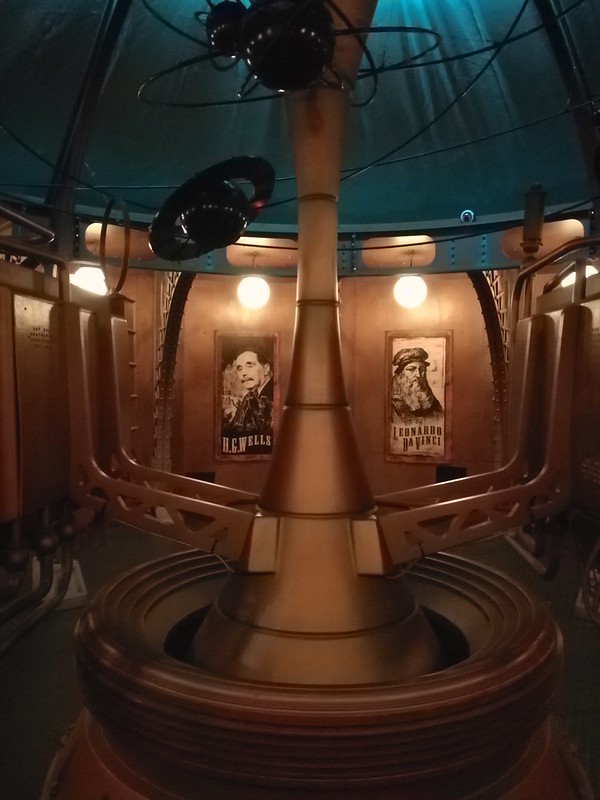
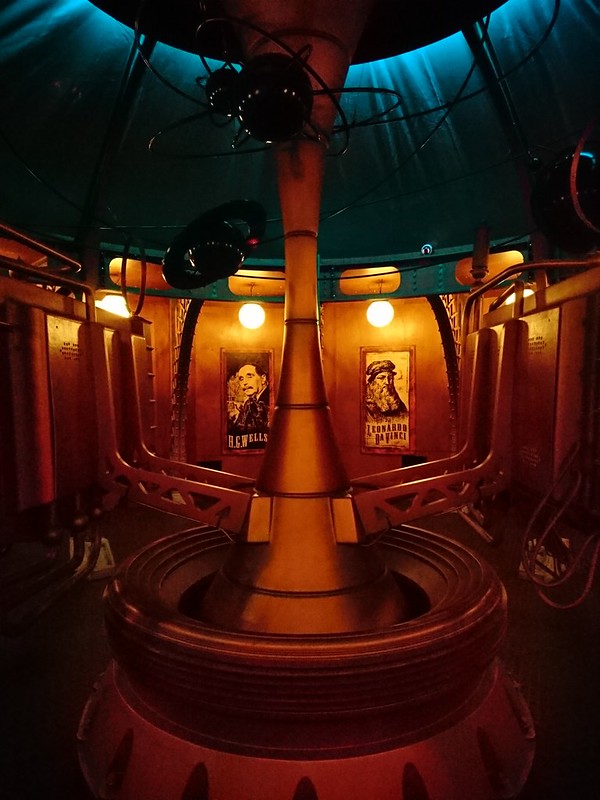
The food shoot



Food photos are an important part of using a smartphone today. Most of the time I would be indoors, relying on artificial lighting but where possible, I will find a window or even al fresco area to get the best light possible for my food shots.
In this round of tests, the Mate 9 does look a little under exposed due to the white plate giving a wrong reading for the brightness of the whole scene.
The controls
As much as image quality is important, it does no one any favours if the camera functions in a phone are hard to use, or restrictive.
A flagship phone should at least allow a user to grow from fully automatic controls to manual modes if they choose to. For most casual users, all three smartphones in this shootout can do their work with few hassles, as long as there is more than sufficient light.
However, if you want to get the most out of your phone and overcome some challenging shooting scenes, selecting the right modes or even using a manual mode is key. You can also take more impressive photos.
The Sony Xperia XZ has the most potential in this aspect. It is the only phone in the shootout to have a dedicated shutter button, just like how you would use a compact camera.
When it comes to its automatic mode, the phone actually chooses the right mode for the scene you are taking. I was impressed at first but was let down by the very rudimentary manual controls, which offer a maximum exposure of only 1 second.
Switching the shooting mode is the most frustrating as it takes its time to scroll through options. From a company that gave us the impressive α7 full-frame mirrorless camera, this was disappointing.
Surprisingly, the Asus Zenfone 3’s on-screen controls gave me the most joy. I can quickly get to the settings, just like with the Mate 9’s Leica-inspired controls. There is very little difference between the two.
The Zenfone 3 gives me 32 seconds of exposure for longer light trails to 1/50,000s. The Mate 9’s range of settings is more restrictive, with shutter speed ranging from 30 seconds to 1/4000s. This may be inconsequential because I will probably use my DSLR for fast moving subjects anyway.
Small things count when it comes to initial impressions. When I shoot in landscape orientation, all the text and controls in the Xperia XZ and Zenfone 3 rotate with the phone.
Not with the Mate 9. This is certainly not a deal breaker but little details like these can wipe a bit of the shine off Leica’s reputation for being meticulous.
Conclusion
Of the three, Sony has the chops to come out with a good camera. The S$998 Xperia XZ’s exterior design shows its intent with a dedicated shutter button.
Sadly, its lack of good manual options cannot be compensated by a pretty clever automatic mode. Plus, the photos did not fair as well as the competition when the phone was pushed to the limit.
For a company that produces outstanding photographic equipment, Sony could have done more for a flagship phone.
Starting from S$398, the Zenfone 3 is not pitched as a “flagship” phone, but it generally does better than the Xperia XZ. Except for some night scenes during these tests, the Taiwanese company has done a great job.
For this shootout, my choice is the Huawei Mate 9. The power of having two types of sensors instead of two cameras with different zooms, is apparent in the photos, especially for difficult scenes.
Thanks to the monochrome sensor complementing a colour one, the Mate 9 manages to show off highlights even for images shot in the dark.
It is probably this feature that differentiates the Mate 9 from the others. A single colour sensor, common in so many other phones today, does not provide the same clarity, sharpness and detail.
Ultimately, the photos here offer a glimpse of what the phones can do. By no means are these tests exhaustive and reviews are usually subjective. Do share what you have shot with your own camera phones and let’s compare away!

